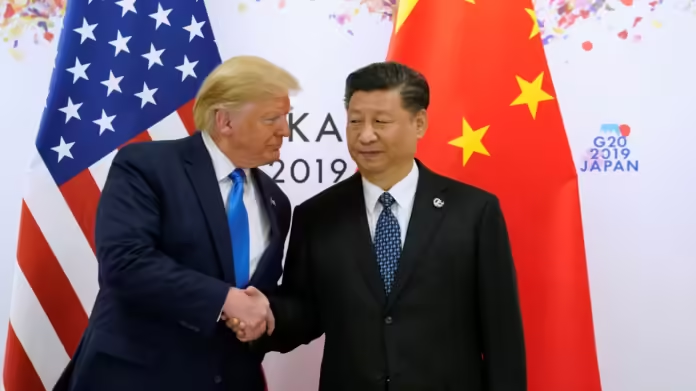As Donald Trump threatens new tariffs against China, Beijing is moving to secure a seat at the negotiating table to avoid a full-scale trade war. Drawing from lessons learned in the previous trade conflict, China is positioning itself to negotiate over key issues, including trade, investment, and technology, while also shielding its fragile economy from further harm.
China Launches Investigations and Imposes Restrictions
This week, China launched an investigation into US chip giant Nvidia for alleged antitrust violations and imposed a ban on US-bound exports of rare minerals. Analysts suggest that China is preparing for a potential negotiation rather than simply accepting tariffs. Despite dominating sectors like electric vehicles and green energy, China still depends on US imports, such as advanced microchips, and needs continued trade with US consumers.
China’s Efforts to Renew Key Agreements
China is eager to resume talks with Trump before he imposes further restrictions on high-tech exports and to renew the US-China Science and Technology Agreement, which expired in August. While China has alternatives for some goods, a trade war with the US would still hurt its economy, especially with weak domestic demand.
China’s Leverage and Potential Concessions
To sweeten negotiations, China could offer to buy more US oil and LNG, helping meet Trump’s demand for support for the US energy sector. However, if Washington fails to negotiate effectively, Beijing has its own leverage, with US firms already feeling the strain in China.
Political Factors Complicating Trade Relations
Political factors also complicate matters, with Trump pledging additional tariffs to curb fentanyl imports, mirroring China’s own tactics in using trade restrictions to leverage political issues.
Trump Threatens New Tariffs




